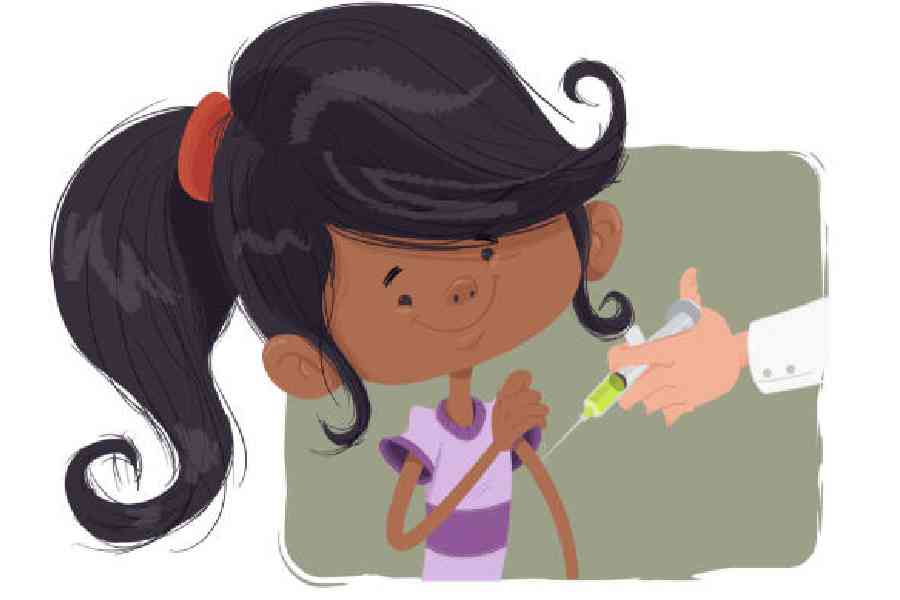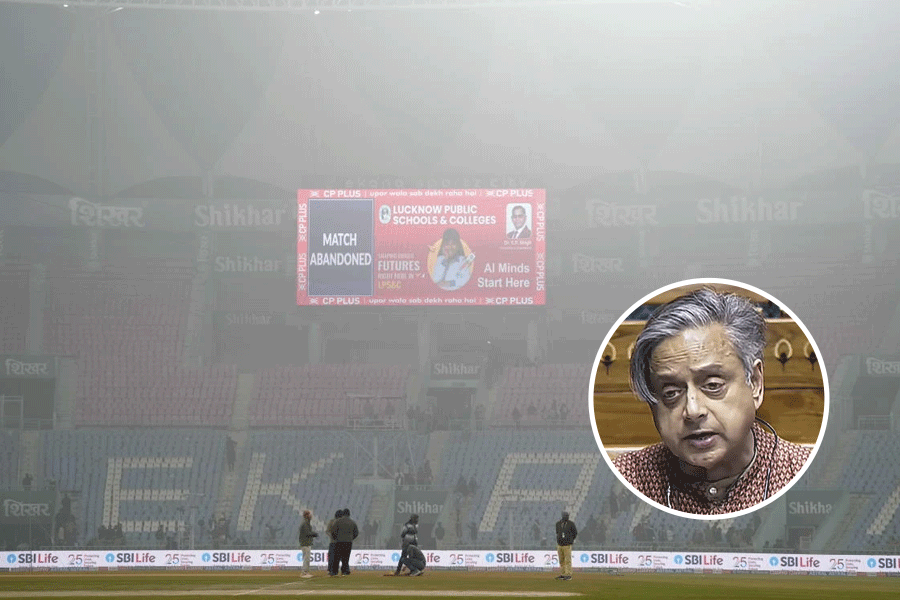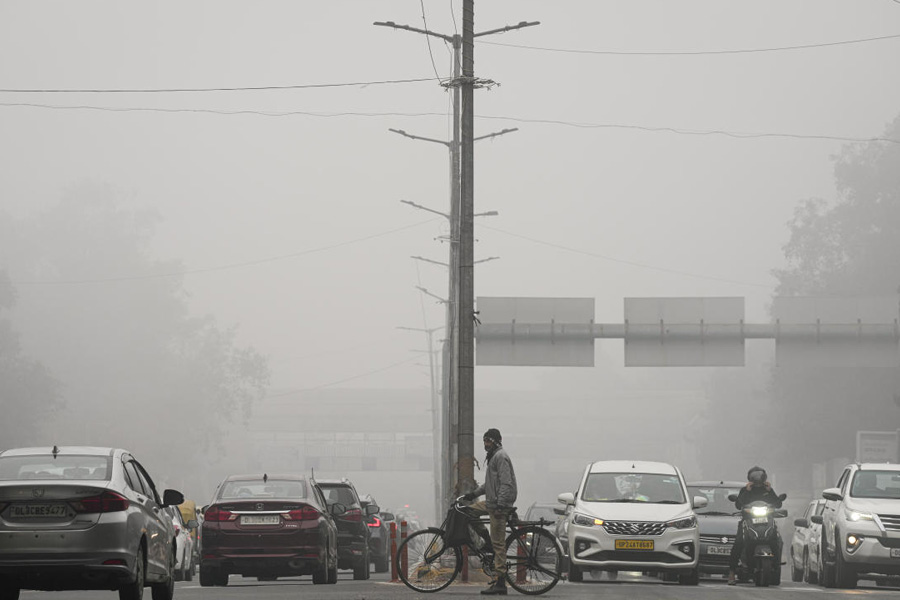In summer, rashes appear. It may be prickly heat, measles, scabies, insect bites or chickenpox. Sometimes, the diagnosis is difficult. Summer has not started but chickenpox is already widespread.
Chickenpox is preventable with timely immunisation with two doses of vaccine; the first dose at 12-15 months and the second dose at age four through six years. Many children have missed these crucial preventive doses because of the coronavirus epidemic and because it is an “optional” vaccine, not given free of cost by the government. (The infection is not optional; it strikes whether you like it or not.) Some parents don’t immunise their children as they feel that it is better if the child acquires the infection naturally. This is not strictly true. Your child or you may be the one person who develops a severe reaction or a complication.
There are many myths associated with this common contagious disease. Now, it is a well-known fact that it is a preventable virus infection (not black magic or a curse) that usually affects children. It can affect older age groups and adults too. In most cases, it is a very mild disease. So, it is often not taken very seriously. Second attacks are rare.
The infectious period is one to two days before the rash appears and lasts until all the lesions heal. It is spread through the air and through contact with the fluid from the rashes on the skin. Isolation at home is therefore advisable.
Chickenpox rash appears seven to 10 days after exposure to the virus. After exposure, there is a fever, cough, headache and a pricking sensation on the skin. This is followed by the appearance of fluid-filled blisters, which then heal by becoming black, crusting and falling off.
Most of the time, chickenpox just passes off as a mild but irritating infection. However, if by mistake the person is given aspirin to control the fever, it can result in Reye’s syndrome. This occurs one to three weeks after the initial infection and can cause muscle weakness, paralysis, brain swelling, multiorgan failure and even death. If a child has a viral infection, especially if there is an epidemic of chickenpox, please do not give aspirin to reduce the fever, even if there is no rash.
Chickenpox lesions can itch and if they are scratched, they can be infected with bacteria. The chickenpox virus itself can cause encephalitis, pneumonia, weakness and paralysis of the muscles as it can affect the nerves. It can become a serious infection in pregnant women, in older people, in those who have diabetes and other lifestyle diseases, in immunocompromised people and in those on steroids. It can be fatal at any age.
Once chickenpox is diagnosed, the fever should be reduced with paracetamol, not aspirin. Mild antihistamines can be given to reduce itching. Calamine lotion can be applied to the body. Once the lesions have started crusting while bathing, neem leaves, a pinch of turmeric powder and a teaspoon of baking soda can be added to the bathwater. People usually recover from chickenpox in seven to 10 days.
After the initial attack, the virus remains latent in the nerves and can get reactivated many years later, causing herpes zoster. It causes a typical rash on one half of the body along one of the nerves. There is usually redness, rashes and blisters. The condition can be excruciatingly painful. Within two to three days, the blisters scab over and fall off, but the pain may remain as post-herpetic neuralgia for many months.
Chickenpox can be prevented. Parents should check the child’s immunisation schedule and opt to administer “catch-up vaccinations”.
Children are entitled to protection against preventable diseases.
The writer has a family practice at Vellore and is the author of Staying Healthy in Modern India. If you have any questions on health issues please write to yourhealthgm@yahoo.co.in










